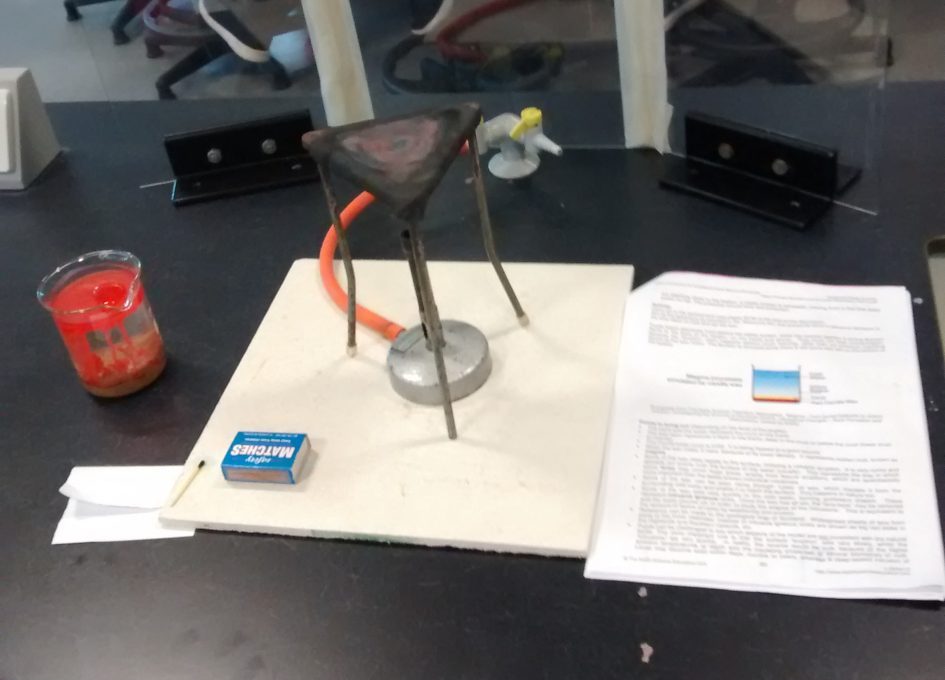Sustainable Development – Serial Day Tasks
Student teachers must:
(Standard for Provisional Registration with GTCS, benchmark 1.1) |
| During your eight serial days, you should gather this information, by observing, speaking to class teachers and other colleagues, interacting with learners, reading school policies, and any other appropriate activities. You should consider and identify the most appropriate ways(s) to record this information.
Mapping of school grounds/area. Here is my map of the school grounds. The location of my school is quite strange as it is located at the end of a big housing estate. However, there is still a lot of greenery to be seen. T the back of the school it has very picturesque views. The children even have a large play area built on this grass. This then adjoins to the Academy which allows good relationships and connections to build between the primary and secondary.
Evidence of existing engagement with sustainable education within the school such as garden area, recycling bins, litter picking ‘wardens’, bird boxes, and so on. When on my serial days there where several instances when I could see that the schools’ ethos was engaged in Sustainable Development. This is because when I was walking around the school grounds there were litter picker monitors patrolling and keeping the grounds clean and tidy and litter free. There was a ‘bird feeder’ box in the grassy garden area. There was a rota for feeding the birds which was situated in my classroom. This meaning I could clearly see I could see clearly how engaged other classes were in taking turns and looking after the birds. The children even have a quiet space where they maintain and look after their own space. The children also looked after and grew their own potatoes which the canteen used and cooked up at the end of the season.
(Quiet Sitting space or outdoor lunch area for the children to enjoy)
(Outdoor community space – the quiet garden)
(Children growing potatoes which were harvested in Autumn and Eaten in the canteen)
(Bird Feeding Area, where different classes take routine turns to feed the birds)
Consideration of actual play space for children and its suitability. I was very impressed with the space the children had to play in on their lunch and snack breaks. They had access to a large sand area; multiple growing beds and vegetable growing areas made out of recycled tires. This clearly shows that the school us an active participant and the children were actively participating in keeping their school green and world-friendly.
(Children have large sand area with different obstacles to enjoy)
(Children have multiple growing beds in the grass made out of recycled wood to make wooden boxes or recycles tractor tires)
(Children have large sand area to area to enjoy and play in)
(Children have multiple growing beds in the grass made out of recycled wood to make wooden boxes or recycles tractor tires)
Discussion with children on these aspects of sustainable education. When looking at the play area and the grounds the children have access to at the school, we had a little discussion with the litter monitors who were looking after the quiet space garden. The children told us how they enjoyed looking after the garden and how they enjoyed being litter monitors. The following points were raised from the discussion:
|


























